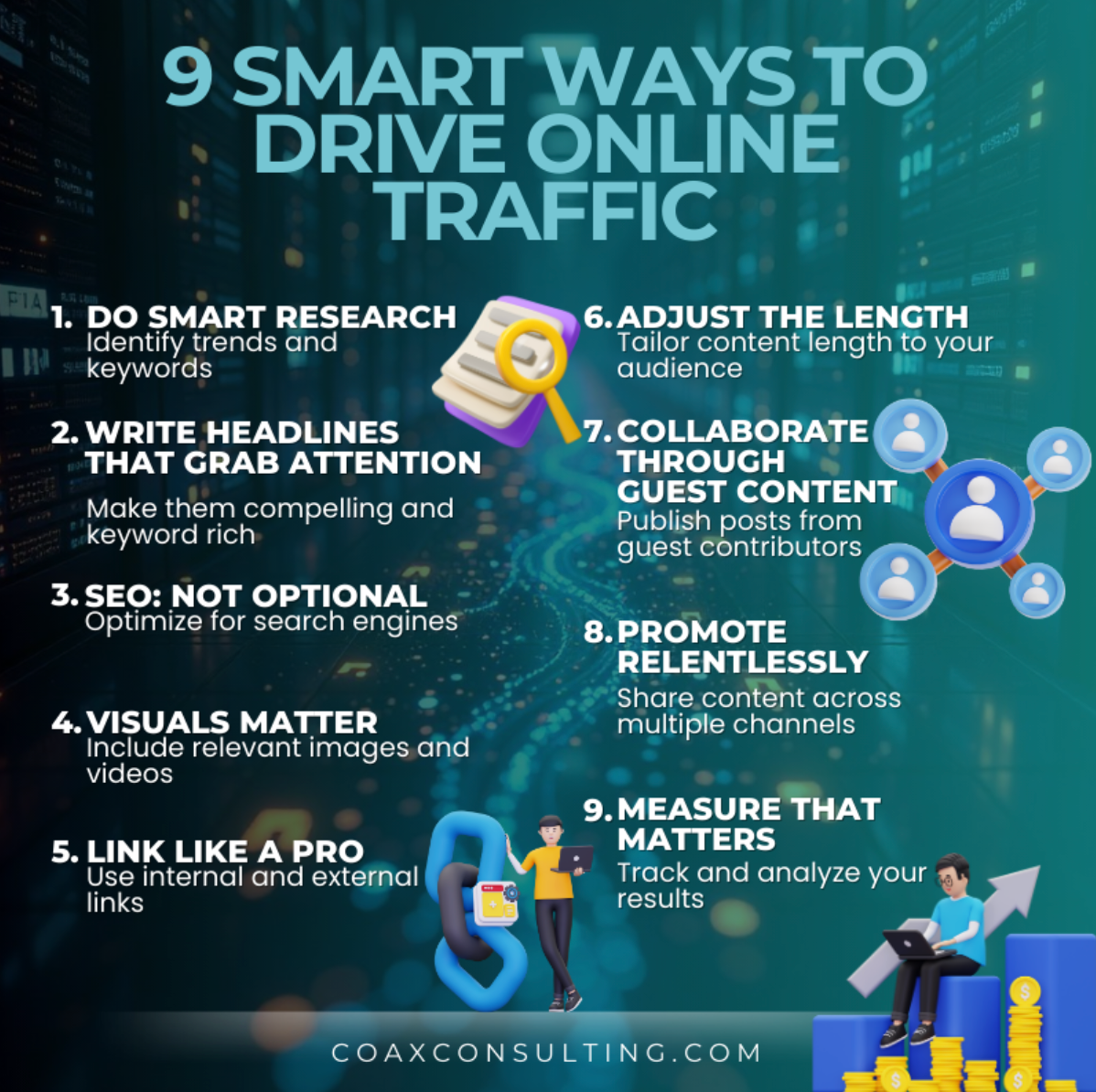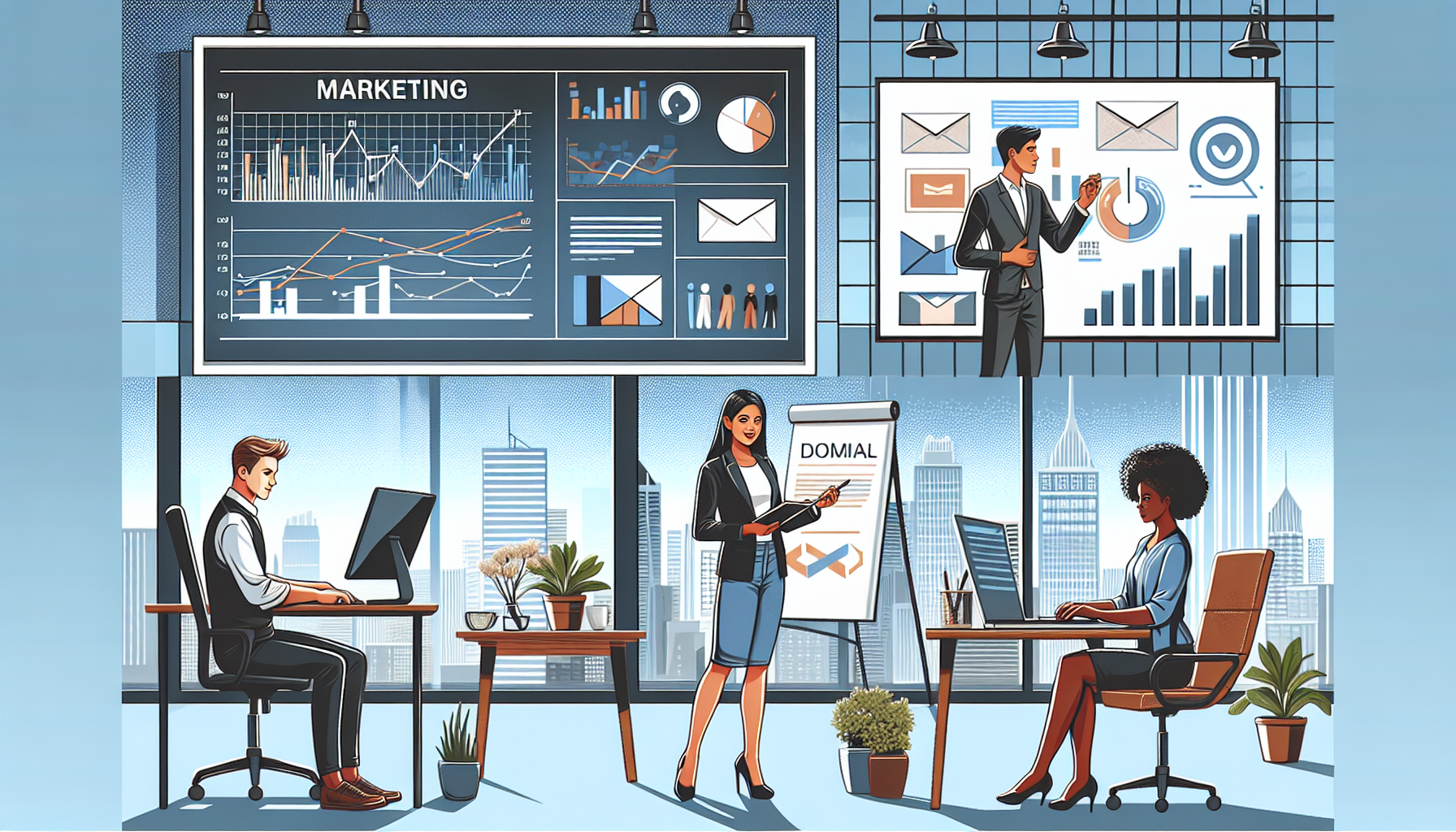From SEO to GEO: How AI Is Redefining Search in 2025
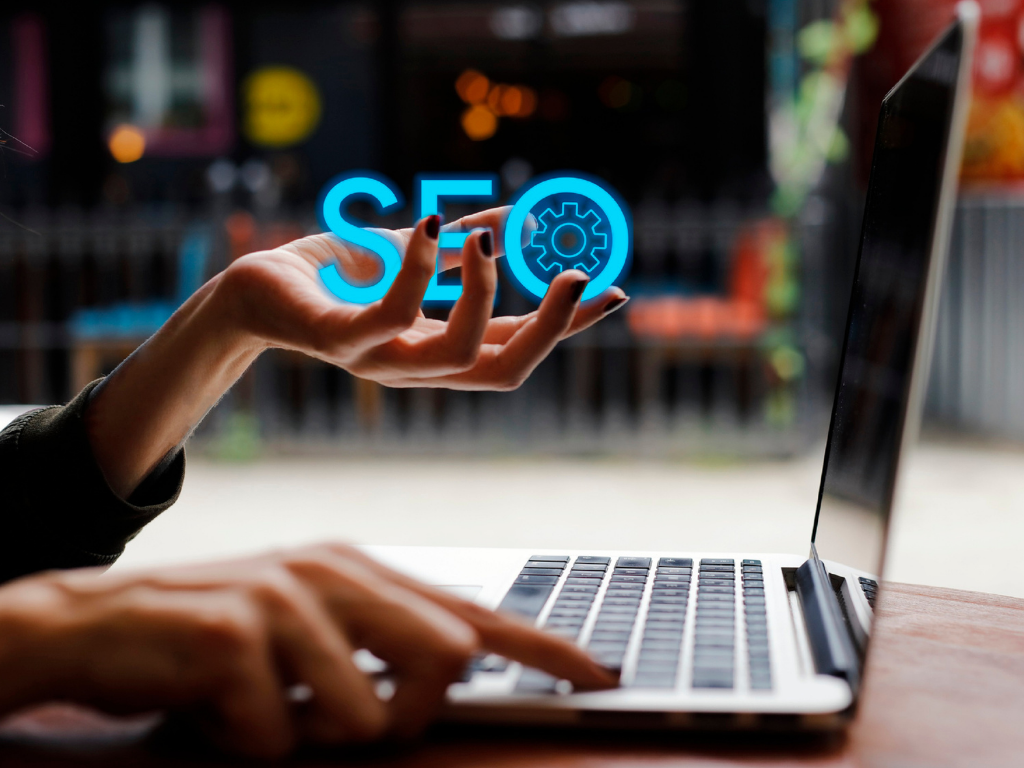
Digital Marketers have heard the same rumor for years: “SEO is dead.” In 2025, that whisper has become a roar. With Google’s AI-powered Search Generative Experience (SGE) delivering instant answers, often without clicking a single link, brands wonder if SEO is still worth the effort. Some experts even argue we’re entering the age of Generative Engine Optimization (GEO), where content must be written for humans and AI-driven engines.
So, is SEO really gone? At Coax Consulting, we believe the opposite: SEO isn’t dead, it’s expanding. To succeed in this new landscape, businesses must understand the new types of search, the platforms that matter, and how to adapt their strategies, embracing both human intent and AI intelligence.
Why SEO Looks “Different” in 2025
Historically, SEO was about ranking higher on Google with the right keywords. Today, the search ecosystem is far more complex:
- Google SGE (Search Generative Experience): Instead of a list of links, users see AI-generated summaries. Your brand only appears if your content is authoritative, well-structured, and credible.
- Generative Engine Optimization (GEO): The new approach to SEO. It’s about making your content
readable, understandable, and usable to AI so it can be included in these summaries.
- Answer Engine Optimization (AEO): Optimizing your content to directly answer questions like “What’s the best CRM for startups in 2025?” in concise, trustworthy formats.
- Search Everywhere Optimization: Search doesn’t just happen on Google anymore. People discover products on
TikTok, YouTube, Instagram, and Amazon. Each platform has its own “SEO rules.”
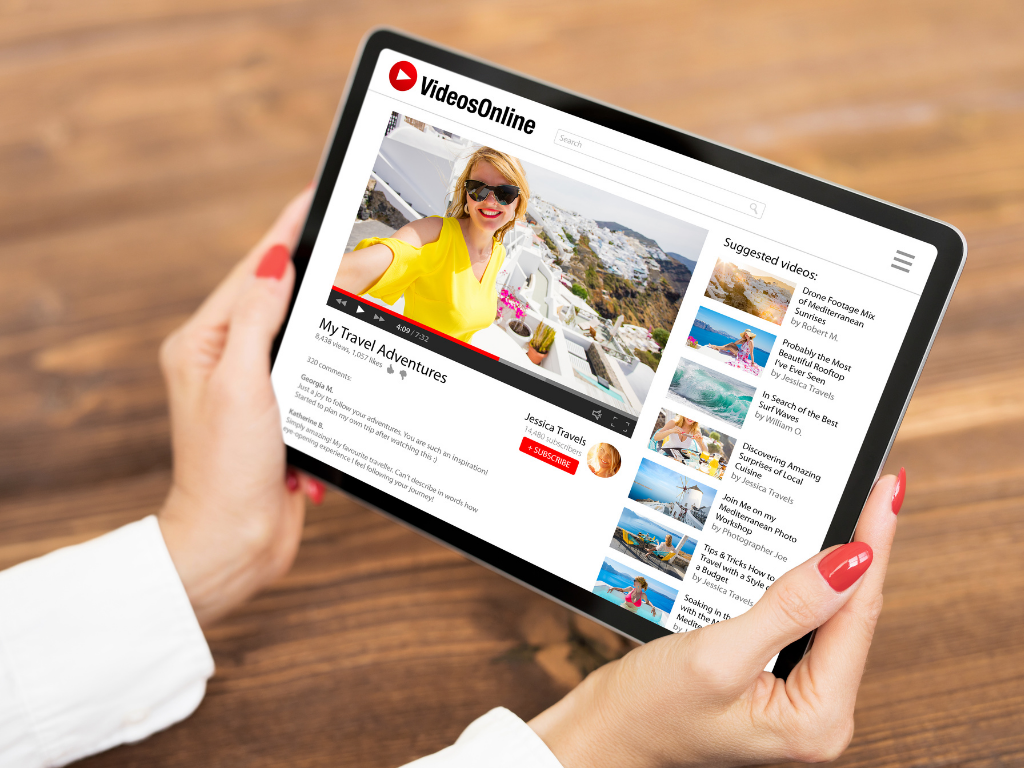
What Hasn’t Changed
Despite all the noise, the core purpose of SEO remains the same: helping the right people find the right information at the right time.
What has changed is how we do it. Keyword stuffing, superficial blog posts, and one-channel strategies no longer work. What matters now is:
- Structured data that helps AI “read” your site.
- Topic clusters that cover entire subjects in depth.
- Content that demonstrates E-E-A-T (Experience, Expertise, Authoritativeness, Trust).
Strategies That Work in the Age of AI
To adapt, businesses should:
- Create content with context: Don’t just write for keywords; build guides, FAQs, and resources that solve problems.
- Optimize across platforms: Use TikTok captions, YouTube titles, and Amazon descriptions as part of your SEO strategy.
- Embrace AI collaboration: AI tools can help with research and efficiency, but human creativity ensures trust and authenticity.
- Focus on credibility: Invest in thought leadership, case studies, and original insights.
Revise your website schema for AI: Implement and update structured data (schema.org) so AI-powered search engines can better understand and surface your content in rich results and generative summaries.
What the Future of SEO Really Looks Like
In 2025, SEO goes far beyond Google. It’s about ensuring your brand is visible wherever people search for answers, whether an AI tool, a social platform, or a traditional search engine.
It could be:
- A business owner asking ChatGPT for ‘the best B2B marketing agency in Miami.’
- A buyer scrolling TikTok to learn ‘how to scale a Shopify store.’
- A professional typing ‘AI marketing trends’ into Google and finding an AI-generated summary.
The challenge is the same regardless of the platform: if your content isn’t discoverable, your brand isn’t part of the conversation.
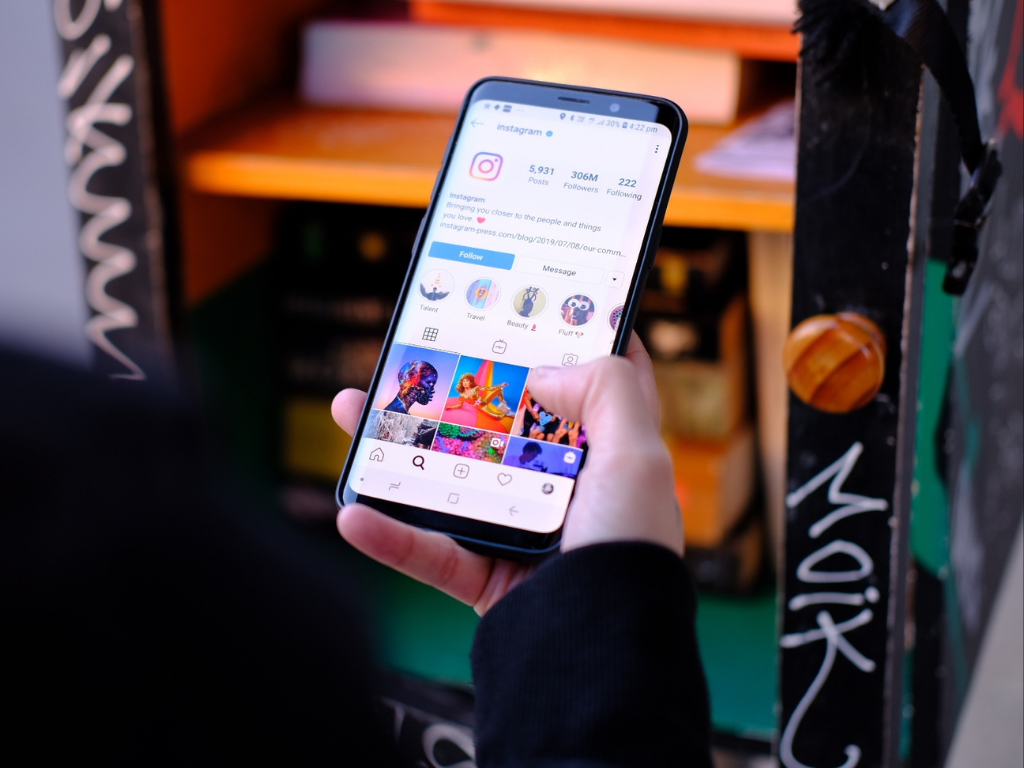
Coax Consulting: Your Partner in SEO + GEO
At Coax Consulting, we don’t treat SEO as a checklist. We approach it as a living, evolving strategy. Our mission is to ensure your brand stays visible, relevant, and competitive, no matter how people search.
Ready to thrive in the era of AI-powered search? Visit Coax Consulting or contact our team today to build your visibility strategy for 2025 and beyond. Let’s talk.


